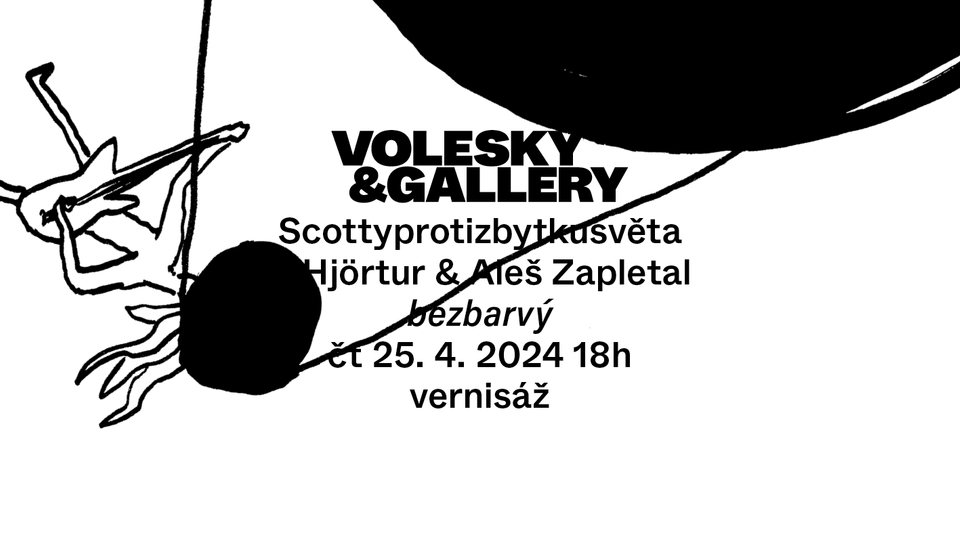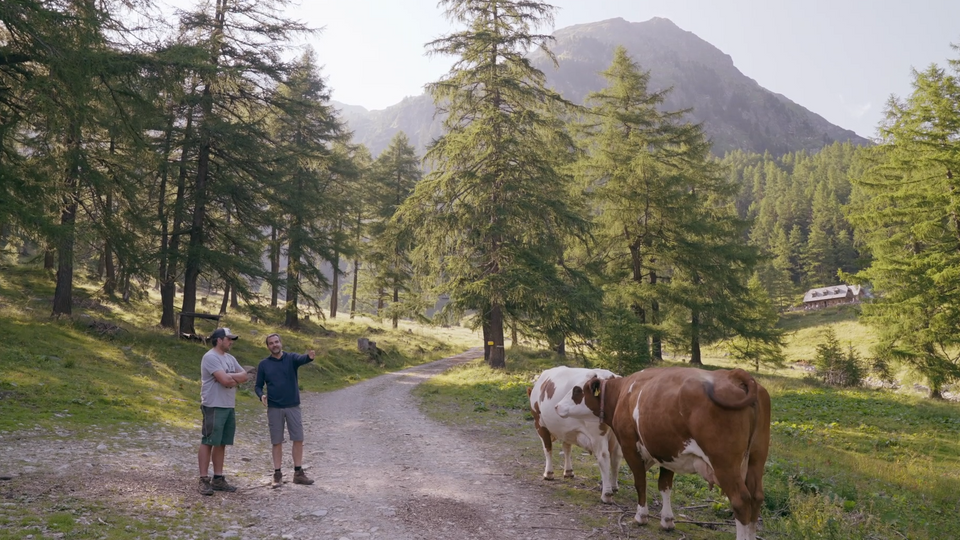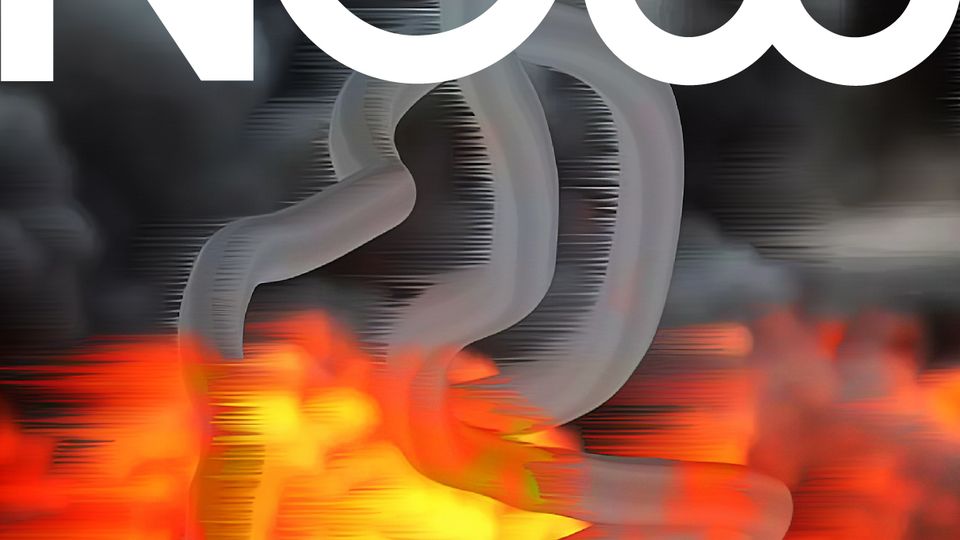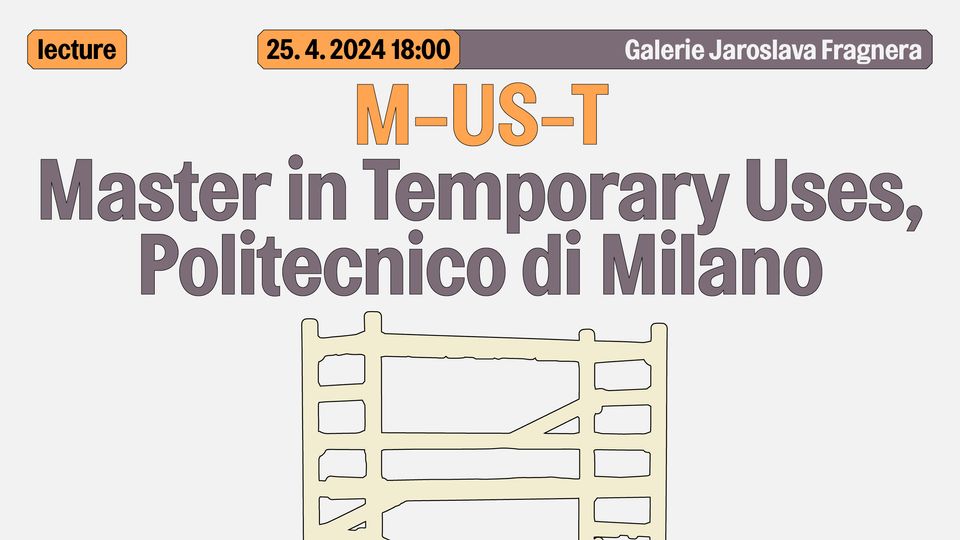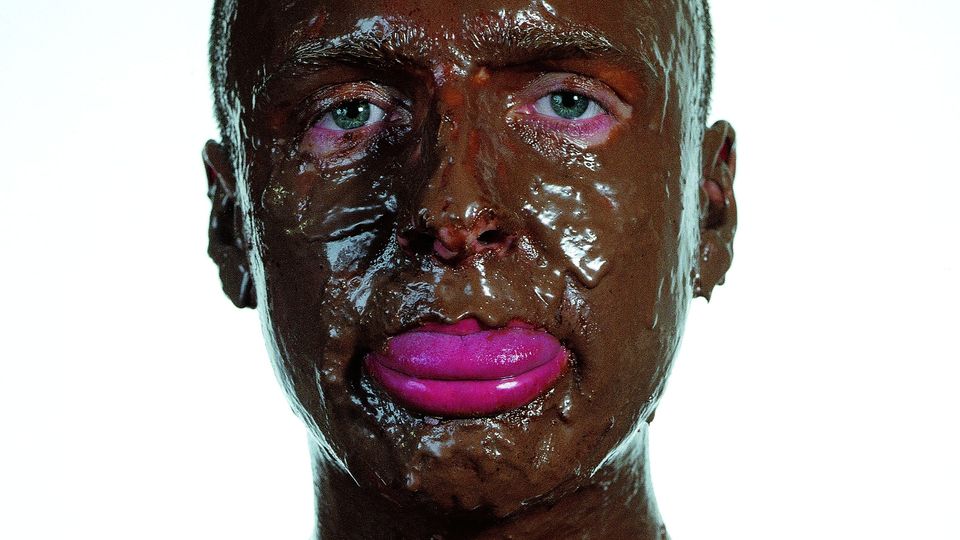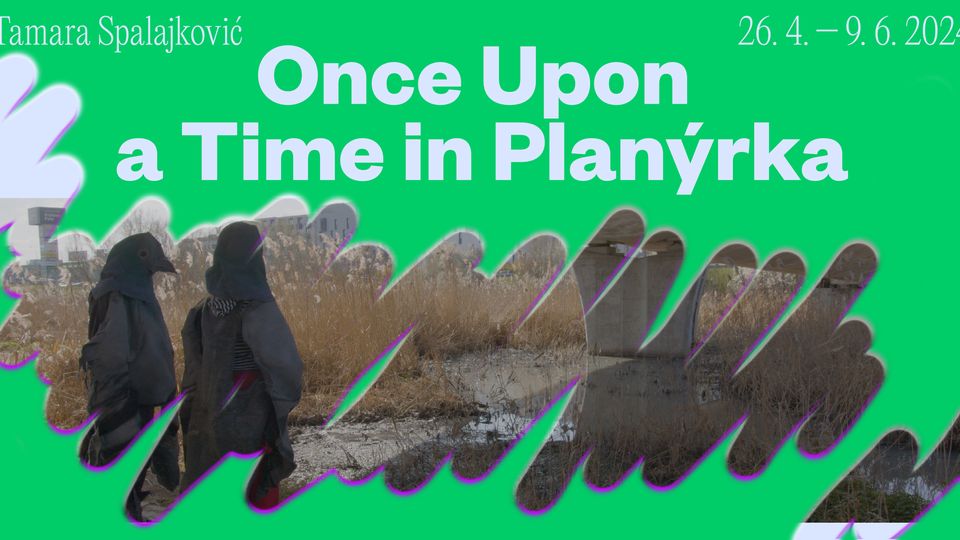ZÁZNAM
Těšíme se na Vás! Dobré víno k dispozici!
We look forward seeing you! Good wine available!
Fotograf Dušan Šimánek stojí jakoby na rozhraní mezi tím, co se u nás považuje za uměleckou fotografii a tzv. umění používající médium fotografie. V 80. letech vystavoval se skupinou spřízněných autorů kolem teoretičky Anny Fárové v Činoherním klubu a v Plasích. Jeho práce jsou zastoupeny v důležitých zahraničních sbírkách jako například Centre Pompidou v Paříži či JCA v Tokiu. Odborná kritika oceňuje u Šimánka malířskou povahu fotografií. Jako by nešlo o zachycení zajímavých míst či detailů, ale o jejich převedení do formy, jež diváka znejišťuje: neví, co přesně vidí, není si jistý, zda jde o spekulaci, náhodu, „živou“ fotografii, nebo počítačovou manipulaci. Jde o nemanipulovanou fotografii, technicky precizní práci, nacházení vizuálních detailů a čekání na světlo, čas, následně o technické zpracování klasickou formou.
Dušan Šimánek nefotografuje skutečnost, nýbrž vytváří soběstačný svět, který je víceméně podobný skutečnosti. Vybírá si jen to, co odpovídá jeho vlastní integritě. Zpochybnění skutečnosti, hra na zobrazení reality a zároveň její znejistění se objevují v cyklu Záznam, který vznikl přímo pro konkrétní prostor této galerie. Je záznamem reality, o níž ale nic nevypovídá. Je hrou s obrazem reality, avšak obrazem, který je neviditelný. Tyto obrazy/fotografie nebyly vytvořeny jako estetické zdůraznění detailu, ale jako prostý a předem přesně matematicky spočítaný záznam, bez emocí, konceptuálně.
The photographer Dušan Šimánek stands ostensibly on the dividing line between the photographic art and another sort of art which uses photography just as an artistic medium. In 80-ies he participated in exhibitions of allied photographers, who formed a group around Anna Fárová, at Činoherní klub and in Plasy. His works are represented in prestigious foreign collections, such as Centre Pompidou in Paris or JCA in Tokyo. Dušan Šimánek is often acknowledged by critical reviews as a photographer with painter’s nature. It seems that it is less important for him to depict interesting places or details but rather transpose them into a form which makes the viewer uncertain. But in fact, it has nothing to do with manipulation, it is rather a technically precise work, with seeking visual details after patient waiting for proper light or time, and then processing the photographs in a classical way. The author does not portray plain objects but creates a self-sufficient world which appears more or less like a reality. He selects only those objects which correspond with his own integrity. Casting doubt or pretending reality and then confusing the viewer again… these aspects are represented in the cycle Record which has been created specifically for the space of this gallery. It shows real things without revealing anything concrete about them; it plays with an invisible image of reality. The pictures or photographs were not created to accentuate aesthetic details but to present conceptually, without emotions, a simple, exactly calculated record of reality.
